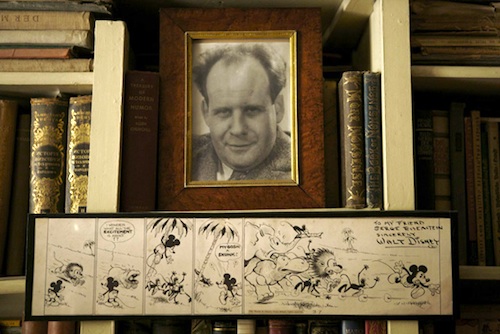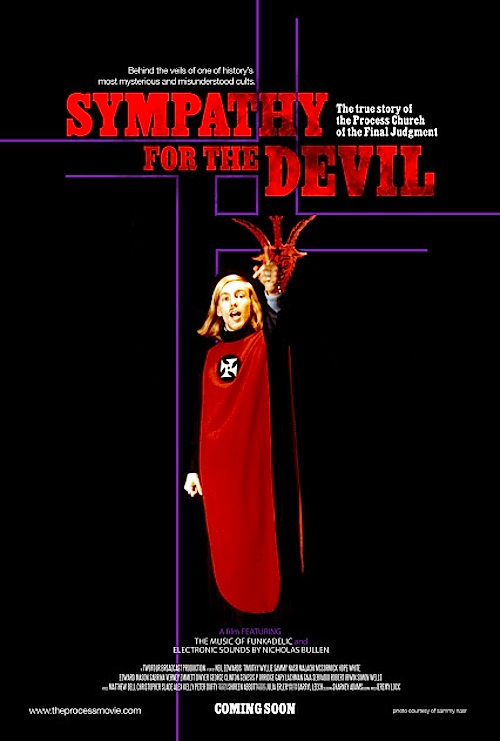By Joe Bendel. It has been called the Federal government’s most successful program ever. It is also maybe the most aesthetically pleasing. Frankly, the Federal Duck Stamp does not have much competition on either score, but it still deserves all due credit. For nature artists, the annual stamp art contest represents the brass ring as well. Brian Golden Davis follows several participating artists in Million Dollar Duck, which screens at the 2016 Slamdance Film Festival.
Every waterfowl hunter has been required to buy a Duck Stamp for their license since 1934. Ninety-eight cents out of every dollar go to fund wetland preservation. Rather than resent the cost, hunters have embraced the conservation goal and the classical, Audubon-style art. The Feds do not actually cut the winners a million dollar check. In fact, there is no prize money involved, but the winning artist retains all licensing rights to their paintings, which can be considerable.
Winning the contest helped establish artist Adam Grimm early in his career, but now that he is married with three young children, he could really use another Duck Stamp boost. Yet, he and fellow artist Tim Taylor still work collaboratively to scout and photograph ducks in the early development stage. Like many wildlife artists, their friendship was forged during their time spent at the annual contest. Frankly, it can be a harsh process, incorporating elements not unlike the withering early rounds of American Idol. Yet, there is something to be said for making it so public and above-board.
Davis introduces us to several other contest regulars, including the Hautman Brothers, whose collective wins earn them comparison to the New York Yankees. There is also a decent blood feud running between the likable Taylor and the hipster-provocateur Rob McBroom. You can always recognize his submission. It will be the one with the glitter. Along the way, we also meet artist Dee Dee Murry and her blind painting dachshund Hallie (who sadly passed away before the film’s premiere), so MDD definitely covers its feel-good animal bases.

Believe it or not, the Duck Stamp competition, as documented by Davis, is enormously tense and shockingly cinematic. By the same token, seeing the artists’ passion for nature and the extended community they have built around the contest will give the audience all kinds of good vibes. There was a brief throwaway line about the Duck Stamp contest in the original Fargo film but Davis and screenwriter Martin J. Smith (partially adapting his book The Wild Duck Chase) give it the full treatment it deserves.
In recent years, the war on hunters has cut into Duck Stamp sales, ironically hurting their waterfowl prey, so it is worth noting you do not have to be a hunter to buy a Duck Stamp. They are available to any and all collectors. Million Dollar Duck could drive some business their way. It is highly informative, but also rather warm and fuzzy. Recommended conservationists and those who appreciate a handsome duck portrait, Million Dollar Duck screens again tomorrow (1/26), as part of this year’s Slamdance.
LFM GRADE: B+
Posted on January 25th, 2016 at 6:00am.




